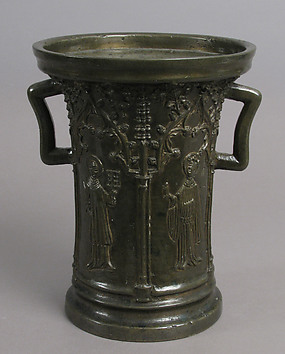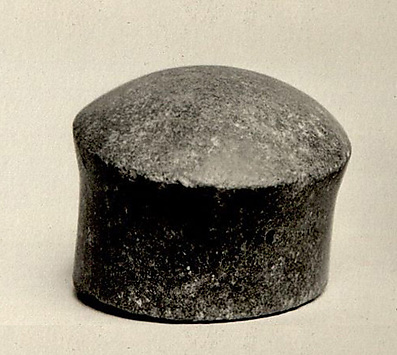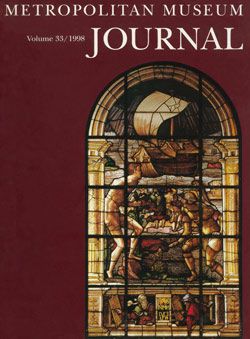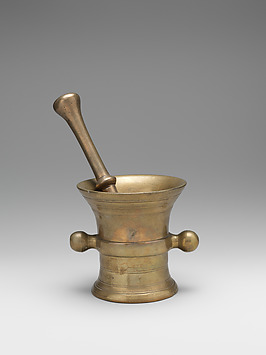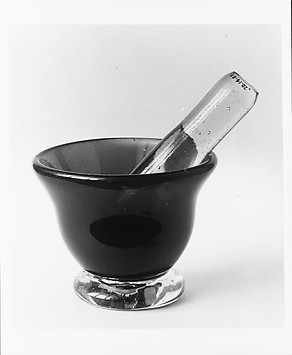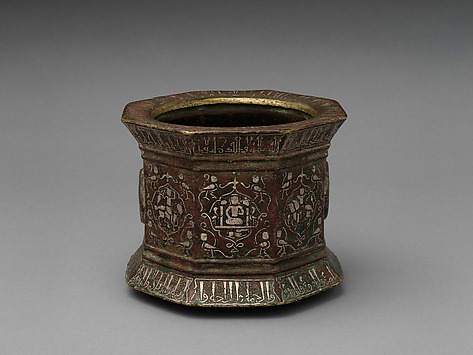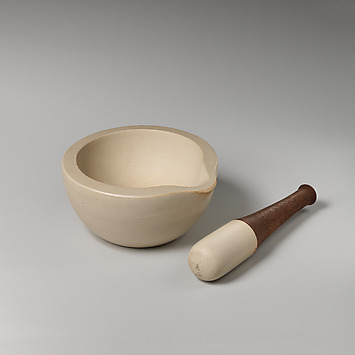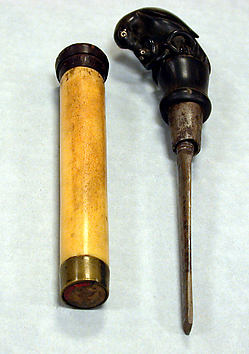Why were prints made? Who bought them? How did print publishers attract new publics? What printmakers discovered new ways of seeing? In this book such questions and some of their answers begin almost with the invention of paper in China and extend across time and the world to a consideration of the possibilities in printmaking today, this side of expressionism and abstraction. Besides evaluating more than 700 prints as works of art, A. Hyatt Mayor's far from conventional account of the medium points out precise effects of prints on literacy, commerce, science, fashions, religion, and political power—in short, it deals with prints' effects upon people, placing the art itself in the stream of life. In this it differs from earlier histories that concentrate on artistic merit and bibliographic data but seem little aware of the significance of the exactly repeated image as a communications device. In the wealth of illustrations, a number the author has chosen, the creations of obscure artists, are bound to astonish, no matter how wide the readers familiarity with prints may be. This is because the book is concerned above all with the work of innovators, not later refinings of their innovations by more celebrated hands. Replete with information so precisely, even wittily, put that it will delight anyone, Prints and People is offered as the writing down of a professional lifetime of thought and experience—the author, now Curator Emeritus, having joined the Metropolitan Museums Department of Prints in 1932.








